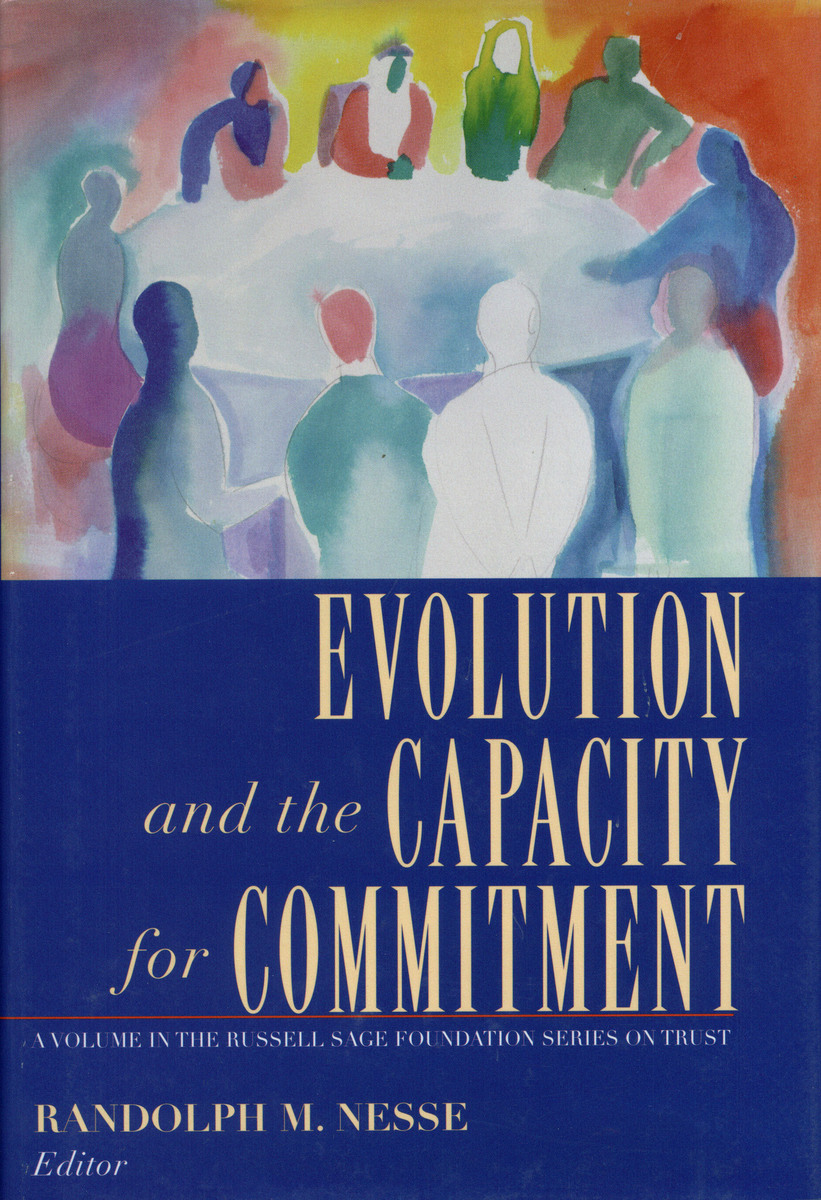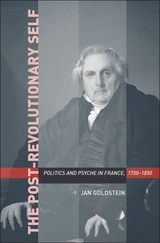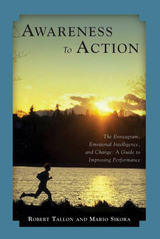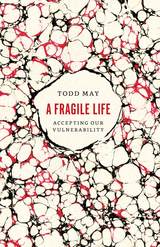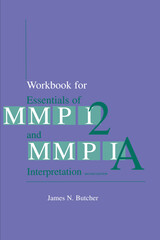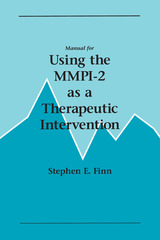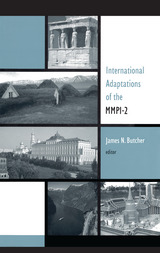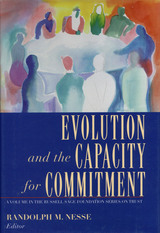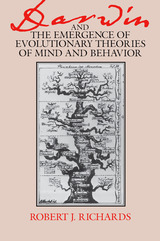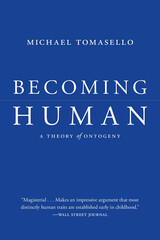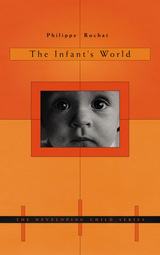Evolution and the Capacity for Commitment
Russell Sage Foundation, 2001
eISBN: 978-1-61044-425-5 | Cloth: 978-0-87154-622-7
Library of Congress Classification BF701.E955 2001
Dewey Decimal Classification 155.7
eISBN: 978-1-61044-425-5 | Cloth: 978-0-87154-622-7
Library of Congress Classification BF701.E955 2001
Dewey Decimal Classification 155.7
ABOUT THIS BOOK | AUTHOR BIOGRAPHY | TOC
ABOUT THIS BOOK
Commitment is at the core of social life. The social fabric is woven from promises and threats that are not always immediately advantageous to the parties involved. Many commitments, such as signing a contract, are fairly straightforward deals, in which both parties agree to give up certain options. Other commitments, such as the promise of life-long love or a threat of murder, are based on more intangible factors such as human emotions. In Evolution and the Capacity for Commitment, distinguished researchers from the fields of economics, psychology, ethology, anthropology, philosophy, medicine, and law offer a rich variety of perspectives on the nature of commitment and question whether the capacity for making, assessing, and keeping commitments has been shaped by natural selection. Game theorists have shown that players who use commitment strategies—by learning to convey subjective offers and to gauge commitments others are willing to make—achieve greater success than those who rationally calculate every move for immediate reward. Evolution and the Capacity for Commitment includes contributions from some of the pioneering students of commitment. Their elegant analyses highlight the critical role of reputation-building, and show the importance of investigating how people can believe that others would carry out promises or threats that go against their own self-interest. Other contributors provide real-world examples of commitment across cultures and suggest the evolutionary origins of the capacity for commitment. Perhaps nowhere is the importance of commitment and reputation more evident than in the institutions of law, medicine, and religion. Essays by professionals in each field explore why many practitioners remain largely ethical in spite of manifest opportunities for client exploitation. Finally, Evolution and the Capacity for Commitment turns to leading animal behavior experts to explore whether non-humans also use commitment strategies, most notably through the transmission of threats or signs of non-aggression. Such examples illustrate how such tendencies in humans may have evolved. Viewed as an adaptive evolutionary strategy, commitment offers enormous potential for explaining complex and irrational emotional behaviors within a biological framework. Evolution and the Capacity for Commitment presents compelling evidence for this view, and offers a potential bridge across the current rift between biology and the social sciences. A Volume in the Russell Sage Foundation Series on Trust
See other books on: Commitment (Psychology) | Evolutionary psychology | Psychology, Comparative | Research & Methodology | Social Psychology
See other titles from Russell Sage Foundation
